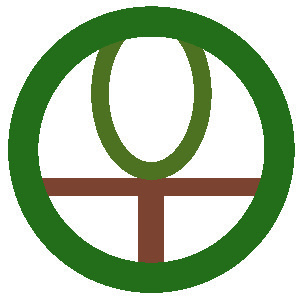Found among many cultures, the Greenman represents rebirth.
It is usually represented as a face peering out of foliage. Sometimes leaves are used for hair. Or vines sprout out of the facial features. Flowers, fruits, and vegetables also sometimes appear.
The name “Green Man” was bestowed upon the figures by a Lady Raglan in 1939 in an article she wrote for Folklore magazine.
Wooden or stone carvings can be found in both secular and non-secular settings. Later representations have included non-human animal faces. Their origins date back hundreds of years.
Popularity in these figures enjoyed a revival in 19th century Britain and, correspondingly, in America.
Besides carvings, these figures even appear in stained-glass windows, metalwork, and manuscripts. More recently the Greenman motif has also appeared in books, songs and movies. My favorite example are the Ents in the Lord of the Ring books.
Google images has many examples. Here are just a few:



Of course, BBC has a show on these foliate heads: http://www.bbc.com/culture/story/20190104-the-surprising-roots-of-the-mysterious-green-man
Happy Spring
3/20

